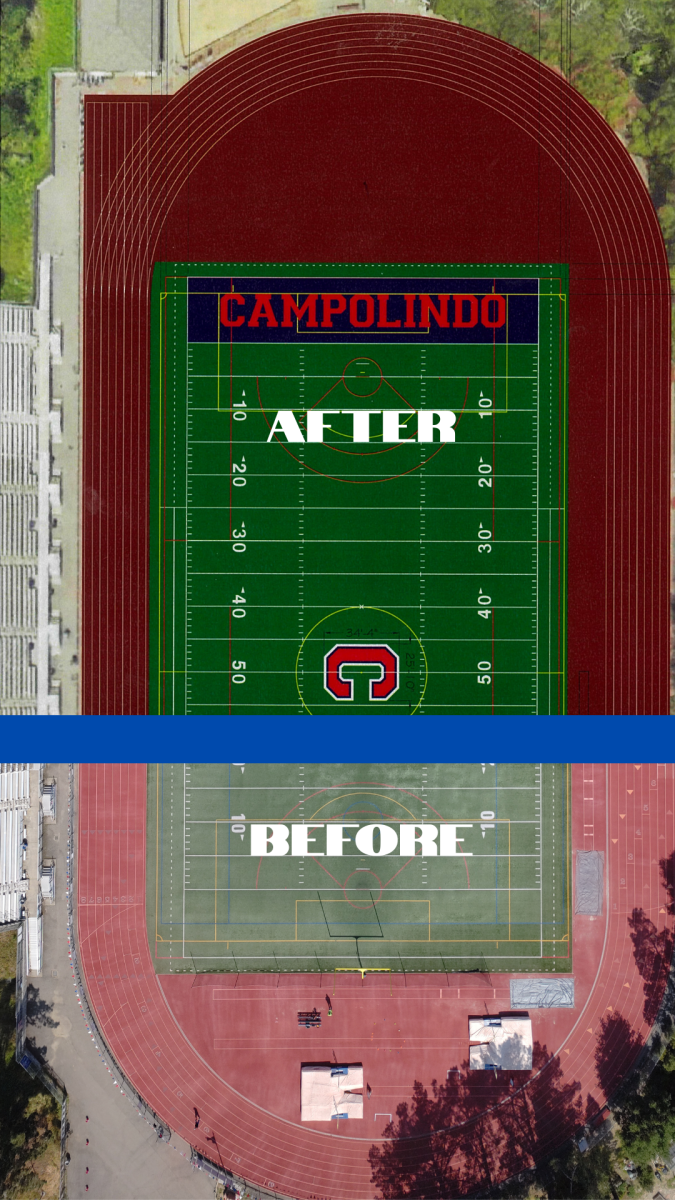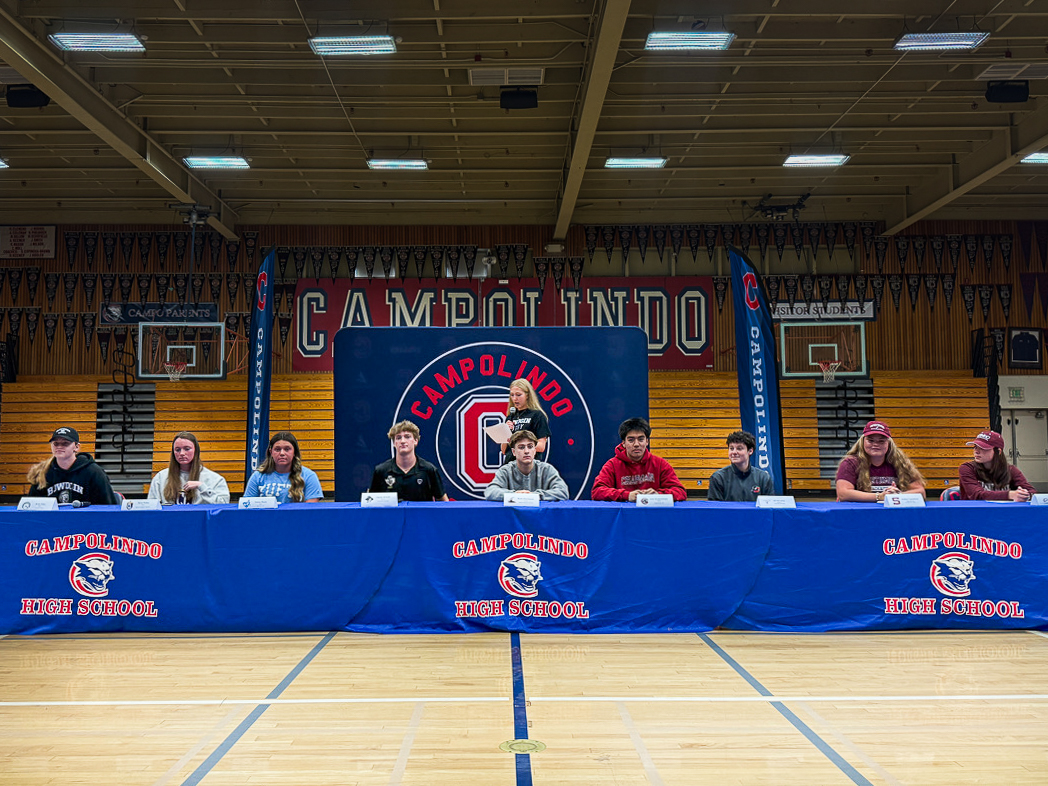While high school sports are a popular part of the scholastic experience for many teens, few of the participants aware of the inherent risk.
According to Dr. John W. Powell, PhD from the Journal of Athletic Training, high school athletes account for an estimated 2 million injuries, 500,000 doctor visits and 30,000 hospitalizations each year.
According to the Children’s Hospital in Denver, doctors have seen its patient numbers for children with sports injuries double each year since 2007. Evidently, some sports are more dangerous than others, but each sport, whether contact or not, has its own risks.
Major sports injuries do not only occur on the football field, despite media bias. In fact, the stunts happening on the sidelines pose a much larger risks. According to an annual report by the National Center for Catastrophic Sports Injury Research, high school cheerleading accounted for 65% of all catastrophic sports injuries among high school females over the past 25 years.
The fall season has begun, and many students have already suffered injuries. Varsity water polo player Olga Lukashina, cheerleader Christine Wenzel, JV tennis player Kate Ginley, and cross country runner Gabriel Valverde-Turner are a few of the many who have been injured in their respective sports.
In September, Lukashina suffered a foot injury which benched her for multiple practices. According to Lukashina, one of her teammates, junior Hayley Lewis, accidentally kicked her during practice, which caused a sprain in three of her toes.
Days before a meet at Stanford, cross country runner Valverde injured his hamstrings while lunging in practice. “I had a problem with my groin and hamstrings and was out for 3 and ½ weeks.”
They are just a few of the thousands of athletes who are injured while participating in high school sports practice sessions. According to Safe Kids Worldwide, although 62 percent of organized sports-related injuries occur during practice, most people don’t take the same safety precautions as they do during games.
Wenzel received a black eye and bloody nose during a cheerleading stunt last month. Wenzel understands that cheerleading comes with a measure of physical danger. “Concussions are common, torn muscles happen for even the best, and some, thankfully only a few, have been paralyzed. A portion of schools have even gone as far as banning cheerleading because it’s such a liability,” she said.
Ginley’s jaw was bruised during a recent tennis match against Miramonte. While playing doubles, a member of the opposing team hit straight above the net, and Ginley, who was volleying, was smacked in the side of her jaw.
Ginley’s doubles partner, Elena Koshkin, explained the dangers of high school tennis: “I would think that sometimes it is a dangerous sport because Kate has hit me so many times when I’m at the net, especially when she’s serving. Tennis balls really hurt because people on this team, they hit hard,” she said.
Children’s sports are becoming increasingly competitive, and yet the safety precautions are not always updated in relation to the increased dangers such intense competition poses. Although more than half of sports injuries occur during practice, most athletes only use padded equipment and tools such as mouth guards and helmets during games.

